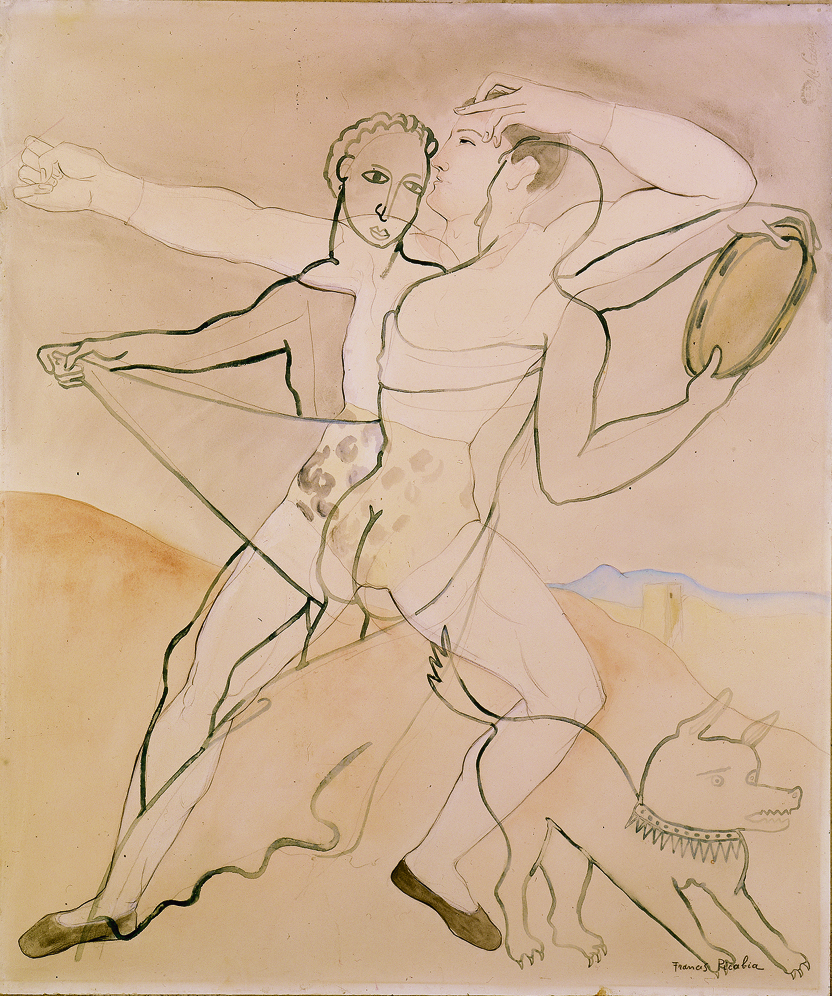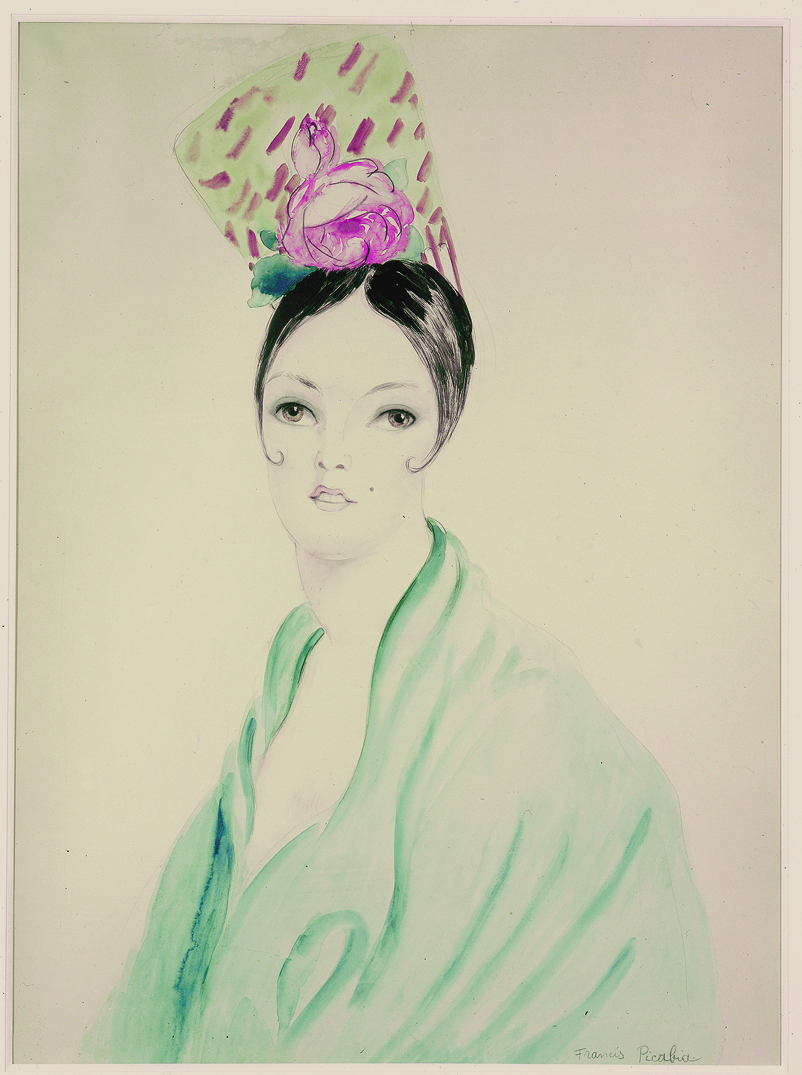Francis PicabiaA Selection Of Works On Paper, 1903–1951

Past exhibition
Francis Picabia: A Selection Of Works On Paper, 1903–1951
About the Exhibition
Everything for today, nothing for yesterday, nothing for tomorrow.
—Francis Picabia
Drawings, for many artists, are visualized thought. Due to the immediacy of its expression, drawing has traditionally been defined as the most direct medium in the visual arts. The spontaneity of a drawing keeps it closer to the ideas that inspired it. It is not, therefore, surprising that Francis Picabia—obsessed with speed, personal expression, and novelty—produced a prolific body of drawings.
Born in Paris in 1879, Picabia breezed through the early stages of modern art: Cubism, Abstraction, Dadaism, and Surrealism. His lifestyle and approach to his artwork were deliberately modern and he adhered to no specific style. His body of drawing includes highly finished images, powerful graphic works, working sketches, and erotic scribbles. Pleasure, in all its forms, was a central tenet of Picabia’s career, especially in his later years. It was a foil to what he saw as the overt seriousness of the Parisian art scene, which he suddenly abandoned in 1925 when he moved to the fashionable French Riviera. His departure was interpreted by many as a deliberate betrayal of both his own work and the ideals he had shared with his former Dada colleagues. During the first decade on the Riviera, Picabia created some of his strongest drawings, the Transparency series, which have been described as his attempt to capture the third dimension without traditional perspective.
Throughout his career, Picabia sketched the female form. Some were women he knew intimately, such as his wife Olga Picabia and muse Suzanne Romain. Others depict famous actresses like Marlene Dietrich and Suzy Solidor. But the vast majority are anonymous beauties copied from the pages of the popular erotic reviews common in the interwar period in France. Famous or anonymous, all that mattered to Picabia was that he continued depicting these beautiful and unattainable women.
Picabia and The Arts Club of Chicago have crossed paths many times throughout history. Picabia epitomizes the 20th-century modern artist in his independence and non-reliance on specific artistic styles, while The Arts Club’s extraordinary history of exhibitions, lectures, and performances of avant-garde artists in all media mirrors the growth of Modernism. Picabia’s close friend and sometimes dealer, artist Marcel Duchamp, arranged an exhibition of Picabia’s watercolors at The Arts Club in 1929. In 1936, another good friend, writer and collector Gertrude Stein, organized a solo painting exhibition. Her introductory text, originally written for Picabia’s exhibition at Galerie Leonce Rosenberg in Paris in 1932, was reproduced in The Arts Club’s catalogue. Picabia was included in the 1958 group exhibition Surrealism Then and Now. In 2000, The Arts Club mounted an exhibition of late paintings, including a 1935 painting from the original exhibition and an important work in The Arts Club’s permanent collection, Cette chose est faite pour perpetuer mon souvenir (This Thing Is Made to Perpetuate My Memory), 1915.
